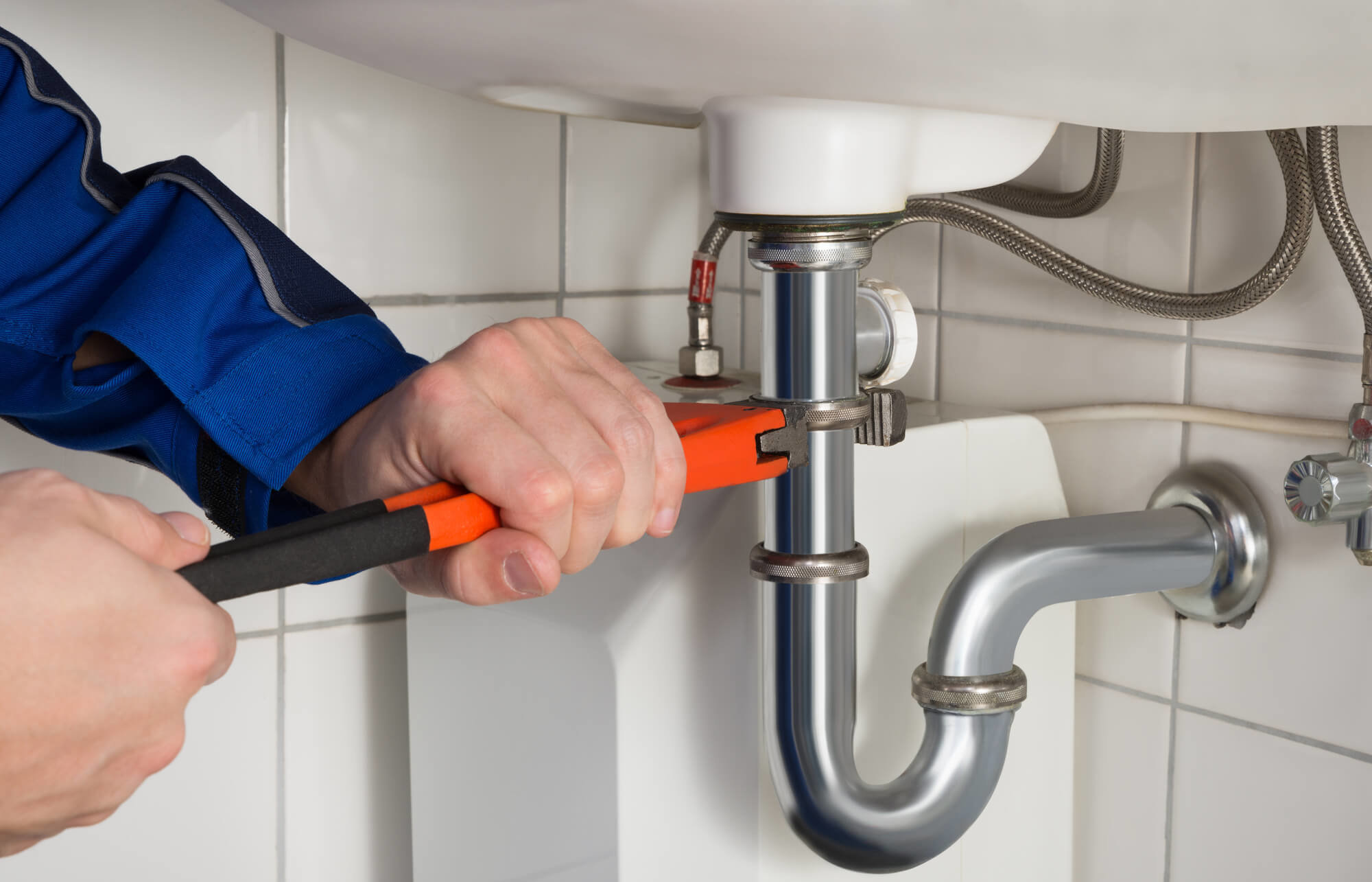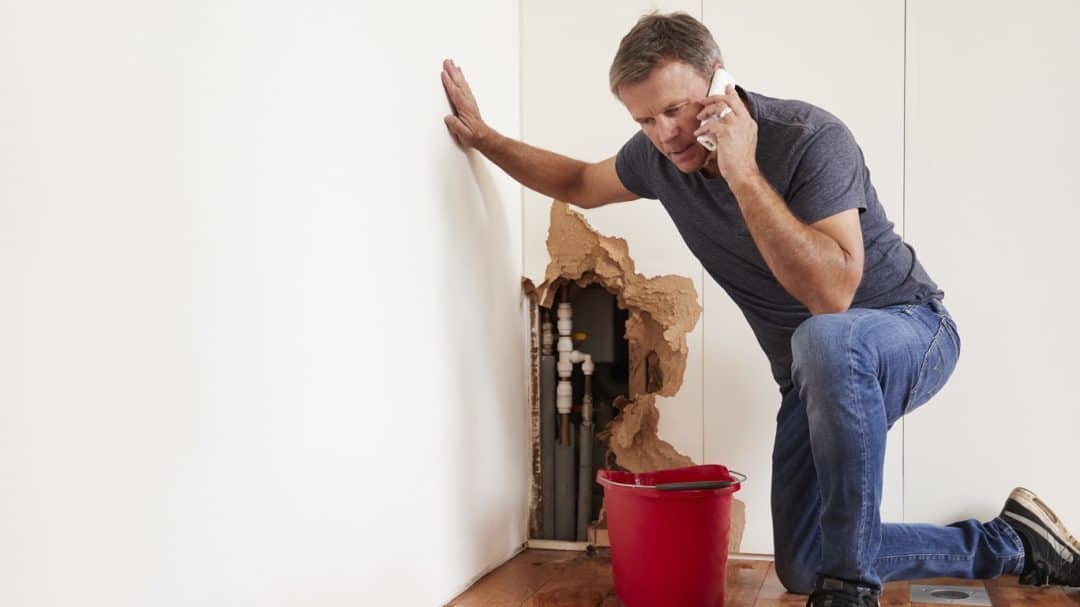The author is making a number of great observations on the subject of Why Do My Pipes Make Noises in general in this great article in the next paragraphs.

To diagnose noisy plumbing, it is necessary to identify initial whether the unwanted sounds happen on the system's inlet side-in other words, when water is transformed on-or on the drain side. Sounds on the inlet side have varied causes: extreme water pressure, worn valve and faucet parts, improperly linked pumps or other home appliances, improperly put pipe fasteners, and plumbing runs including a lot of limited bends or various other limitations. Noises on the drainpipe side generally originate from inadequate location or, as with some inlet side sound, a format including limited bends.
Hissing
Hissing sound that occurs when a tap is opened a little typically signals excessive water pressure. Consult your regional public utility if you think this problem; it will certainly be able to tell you the water pressure in your area as well as can mount a pressurereducing valve on the incoming water pipeline if required.
Other Inlet Side Noises
Creaking, squeaking, scratching, snapping, and also touching typically are brought on by the growth or tightening of pipelines, usually copper ones providing warm water. The noises happen as the pipes slide versus loosened fasteners or strike nearby residence framework. You can commonly identify the place of the problem if the pipes are revealed; just adhere to the noise when the pipelines are making sounds. Probably you will certainly uncover a loosened pipe hanger or an area where pipes lie so near to flooring joists or various other mounting items that they clatter versus them. Affixing foam pipeline insulation around the pipelines at the point of call need to remedy the trouble. Make certain bands and also hangers are safe and secure and give appropriate support. Where possible, pipeline fasteners need to be connected to huge architectural aspects such as structure walls rather than to mounting; doing so minimizes the transmission of vibrations from plumbing to surface areas that can amplify and transfer them. If attaching fasteners to framing is unavoidable, wrap pipelines with insulation or various other resistant product where they contact fasteners, and sandwich completions of brand-new bolts in between rubber washing machines when installing them.
Fixing plumbing runs that struggle with flow-restricting tight or countless bends is a last resource that needs to be embarked on only after seeking advice from a competent plumbing professional. However, this circumstance is rather typical in older residences that may not have been developed with interior plumbing or that have seen a number of remodels, especially by novices.
Babbling or Screeching
Intense chattering or shrilling that occurs when a valve or tap is turned on, and that generally goes away when the fitting is opened completely, signals loosened or defective interior parts. The remedy is to change the shutoff or tap with a brand-new one.
Pumps and also devices such as cleaning equipments and also dishwashers can transfer electric motor sound to pipes if they are incorrectly connected. Connect such products to plumbing with plastic or rubber hoses-never rigid pipe-to isolate them.
Drain Sound
On the drain side of plumbing, the principal goals are to get rid of surfaces that can be struck by falling or hurrying water and also to protect pipelines to contain unavoidable noises.
In new construction, bath tubs, shower stalls, bathrooms, as well as wallmounted sinks and containers must be set on or against durable underlayments to decrease the transmission of noise through them. Water-saving commodes and taps are much less noisy than standard models; mount them as opposed to older types even if codes in your location still permit using older components.
Drains that do not run vertically to the cellar or that branch right into horizontal pipe runs sustained at flooring joists or various other framing present specifically problematic sound troubles. Such pipes are large enough to radiate significant resonance; they additionally carry significant amounts of water, which makes the circumstance worse. In brand-new building and construction, define cast-iron dirt pipes (the huge pipelines that drain toilets) if you can afford them. Their enormity includes a lot of the noise made by water travelling through them. Also, prevent directing drains in wall surfaces shown to rooms as well as areas where individuals collect. Walls including drains must be soundproofed as was explained previously, using dual panels of sound-insulating fiber board and wallboard. Pipes themselves can be covered with special fiberglass insulation made for the objective; such pipes have a resistant vinyl skin (sometimes having lead). Results are not constantly sufficient.
Thudding
Thudding sound, typically accompanied by shuddering pipelines, when a faucet or home appliance shutoff is turned off is a problem called water hammer. The sound and vibration are caused by the reverberating wave of pressure in the water, which suddenly has no place to go. Sometimes opening up a shutoff that releases water quickly right into an area of piping containing a restriction, joint, or tee fitting can generate the same condition.
Water hammer can generally be cured by mounting installations called air chambers or shock absorbers in the plumbing to which the trouble shutoffs or taps are linked. These tools enable the shock wave created by the halted circulation of water to dissipate in the air they include, which (unlike water) is compressible.
Older plumbing systems may have brief vertical areas of capped pipeline behind wall surfaces on faucet competes the exact same objective; these can ultimately fill with water, reducing or damaging their effectiveness. The treatment is to drain the water system totally by shutting down the primary supply of water shutoff as well as opening all taps. Then open up the main supply shutoff as well as shut the faucets one at a time, beginning with the faucet nearest the valve as well as finishing with the one farthest away.
3 Most Common Reasons for Noisy Water Pipes
Water hammer
When water is running and is then suddenly turned off, the rushing liquid has no place to go and slams against the shut-off valve. The loud, thudding sound that follows is known as a water hammer. Besides being alarming, water hammer can potentially damage joints and connections in the water pipe itself. There are two primary methods of addressing this issue.
- Check your air chamber. An air chamber is essentially a vertical pipe located near your faucet, often in the wall cavity that holds the plumbing connected to your sink or tub. The chamber is filled with air that compresses and absorbs the shock of the fast moving water when it suddenly stops. Unfortunately, over time air chambers tend to fill with water and lose their effectiveness. To replenish the air chambers in your house you can do the following.
- Turn off the water supply to your house at the main supply (or street level).
- Open your faucets to drain all of the water from your plumbing system.
- Turn the water back on. The incoming water will flush the air out of the pipes but not out of the vertical air chamber, where the air supply has been restored.
Copper pipes
Copper pipes tend to expand as hot water passes through and transfers some of its heat to them. (Copper is both malleable and ductile.) In tight quarters, copper hot-water lines can expand and then noisily rub against your home's hidden structural features — studs, joists, support brackets, etc. — as it contracts.
One possible solution to this problem is to slightly lower the temperature setting on your hot water heater. In all but the most extreme cases, expanding and contracting copper pipes will not spring a leak. Unless you’re remodeling, there's no reason to remove sheetrock and insert foam padding around your copper pipes.
Water pressure that’s too high
If your water pressure is too high, it can also cause noisy water pipes. Worse, high water pressure can damage water-supplied appliances, such as your washing machine and dishwasher.
Most modern homes are equipped with a pressure regulator that's mounted where the water supply enters the house. If your home lacks a regulator, consider having one professionally installed. Finally, remember that most plumbers recommend that water is delivered throughout your home at no lower than 40 and no greater than 80 psi (pounds per square inch).
Whatever the state of your plumbing, one thing is certain — you’re eventually going to encounter repair and replacement issues around your home that require professional help. That’s where American Home Shield can come to your aid.
https://www.ahs.com/home-matters/repair-maintenance/causes-of-noisy-water-pipes/

I hope you enjoyed our article on How To Fix Noisy Pipes. Many thanks for spending some time to browse our piece of content. Are you aware of another person who is interested in How To Fix Noisy Pipes? Do not hesitate to share it. Bless you for your time. Don't hesitate to come visit our website back soon.
Secure top-grade service.
Comments on “The Ultimate Guide To Resolving Plumbing Disturbances”